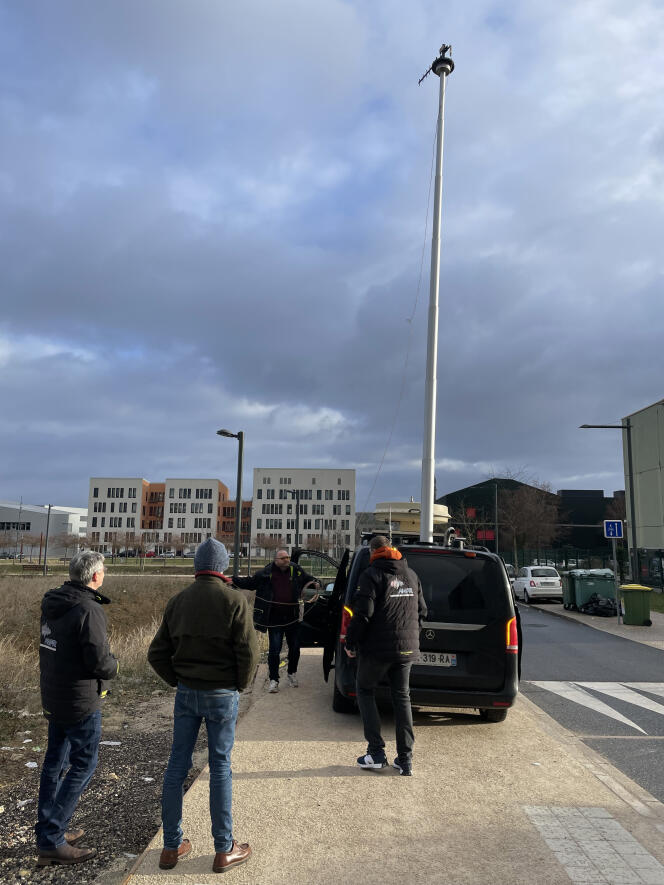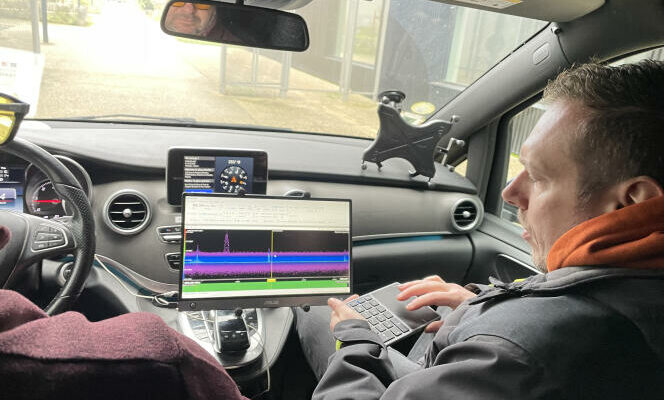In the icy wind of an early January morning, three men go fox hunting in the streets of Nancy. The intruder was reported three days ago on the Artem university campus, very close to the city center and the famous Stanislas Square. With the radar installed on the roof of their black van, connected to a control screen in the passenger compartment, and to their portable antennas, our three “ghostbusters” leave the pest little chance. Besides, it only takes them a few minutes to flush him out.
In reality, this fox is not a canine: it is an electronic access box to a campus building. The hunters are not armed: they are controllers from the National Frequency Agency (ANFR), a public establishment created in 1997 to order and monitor France’s radio frequencies. On the other hand, their hunt, whose name comes from a sporting practice appreciated by radio amateurs – a transmitter is hidden in a forest or in a town and the competitors must find it as quickly as possible – is very real.
Fox hunting is one of the agency’s public service missions, as soon as a radio phenomenon disrupts the smooth circulation of waves. These, distributed over different frequencies, are essential to telecom operators, digital terrestrial television broadcasters, the army, civil aviation, Météo-France, GPS, radio amateurs, but also, and less known way, to individuals: a remote-controlled electric gate can be a source or victim of interference; the anti-theft gates at the exit of stores also work with waves.
In the case of our Nancy hunt, it was a telecoms operator who reported the fox. Poorly configured, the small electronic box screwed to the facade of the university building interfered with the operation of a 4G-5G mobile antenna located nearby, causing inconvenience for subscribers in the area. Informed, the building manager had to quickly restore the box to working order. Frequency interference caused by the non-compliant use of radio, electrical or electronic equipment is an offense subject to a criminal sanction of up to six months in prison and a fine of 30,000 euros, according to the postal and postal code. electronic communications.

“Free public service”
Fox hunts like this, our three men do two to three per week, from their base in Nancy, over a territory of fourteen departments, stretching from the northern borders to the Jura. “We were called upon for around 300 jamming events in 2023, two thirds of which required intervention on the ground”explains Fabrice Lombard, one of the three hunters, deputy director of the interregional service East (SIR-East), the entity bringing together the Nancy and Lyon agencies.
You have 71.46% of this article left to read. The rest is reserved for subscribers.
